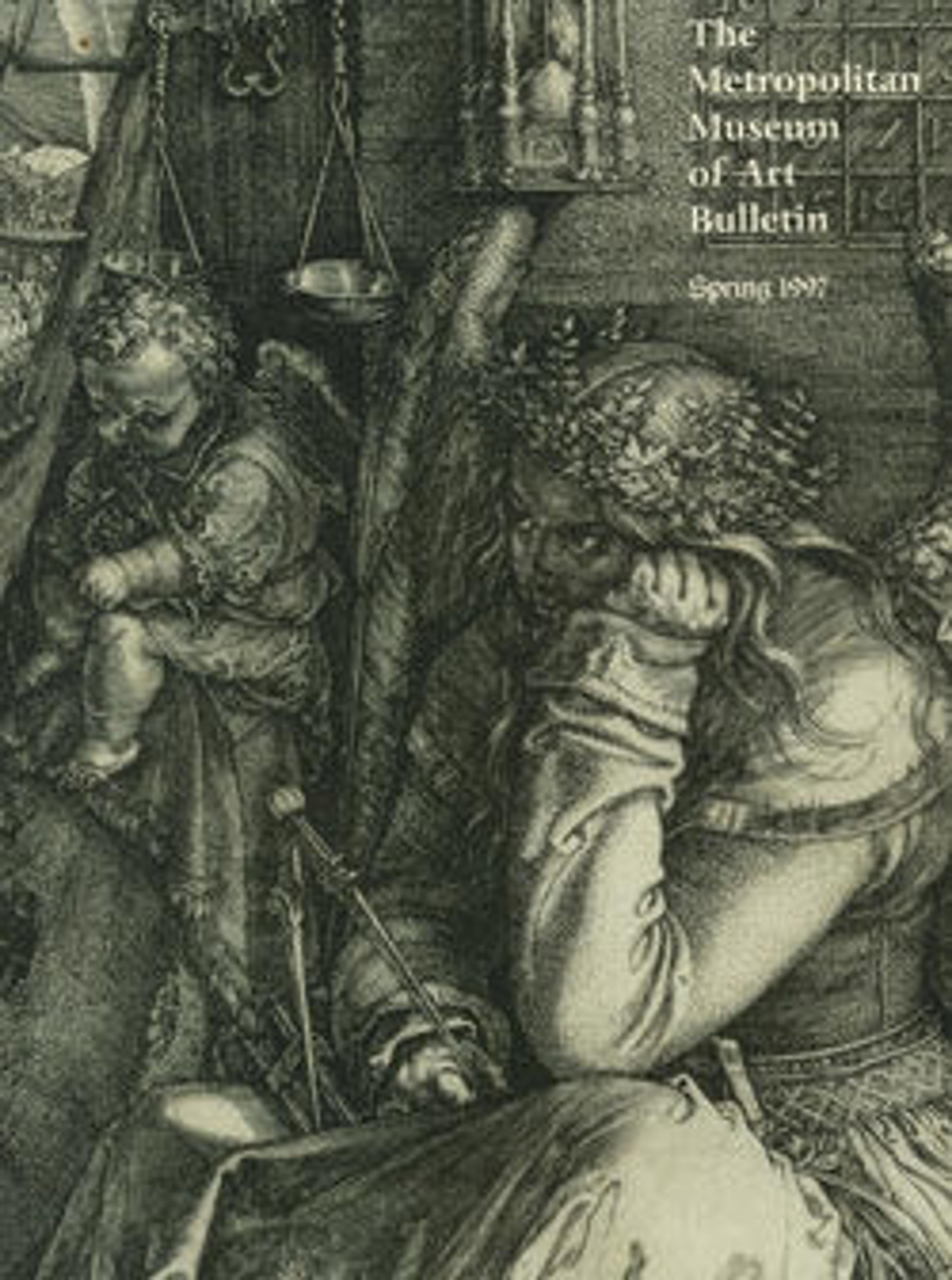Group of Seven Horses
In 1534 Baldung made three woodcuts of wild horses in a dark and dense forest, a subject unique to him that had neither precedent nor following. The prints are so idiosyncratic that they must have had strong personal meaning for him, then in about his fiftieth year. Even though the horses and their poses do not look entirely real, they are fascinating in their strangeness and intensity. This is the least overtly sexual of the three works, but it may be guessed that the stallions are fighting for possession of a mare.
In the equestrian monument or portrait, in both antiquity and the Renaissance, the horse was deemed a noble creature, a fitting mount for the ruler or leader being glorified, and both Leonardo da Vinci and Dürer made plans for treatises on the ideal proportions of the horse. Also since antiquity, however, horses--both stallions and mares--were equally reputed to be extraordinarily lustful. Further, in Germanic folklore the horse was associated with evil forces often having to do with witchcraft. The larger subject of these woodcuts, with their violence and pent-up energy, is the power of forces beyond man's understanding or control, specifically the overwhelming strength of the carnal instinct.
In the equestrian monument or portrait, in both antiquity and the Renaissance, the horse was deemed a noble creature, a fitting mount for the ruler or leader being glorified, and both Leonardo da Vinci and Dürer made plans for treatises on the ideal proportions of the horse. Also since antiquity, however, horses--both stallions and mares--were equally reputed to be extraordinarily lustful. Further, in Germanic folklore the horse was associated with evil forces often having to do with witchcraft. The larger subject of these woodcuts, with their violence and pent-up energy, is the power of forces beyond man's understanding or control, specifically the overwhelming strength of the carnal instinct.
Artwork Details
- Title: Group of Seven Horses
- Artist: Hans Baldung (called Hans Baldung Grien) (German, Schwäbisch Gmünd (?) 1484/85–1545 Strasbourg)
- Date: 1534
- Medium: Woodcut
- Dimensions: sheet: 8-5/8 x 12-7/8 in. (21.8 x 32.6 cm)
- Classification: Prints
- Credit Line: Harris Brisbane Dick Fund, 1933
- Object Number: 33.54.2
- Curatorial Department: Drawings and Prints
More Artwork
Research Resources
The Met provides unparalleled resources for research and welcomes an international community of students and scholars. The Met's Open Access API is where creators and researchers can connect to the The Met collection. Open Access data and public domain images are available for unrestricted commercial and noncommercial use without permission or fee.
To request images under copyright and other restrictions, please use this Image Request form.
Feedback
We continue to research and examine historical and cultural context for objects in The Met collection. If you have comments or questions about this object record, please contact us using the form below. The Museum looks forward to receiving your comments.
